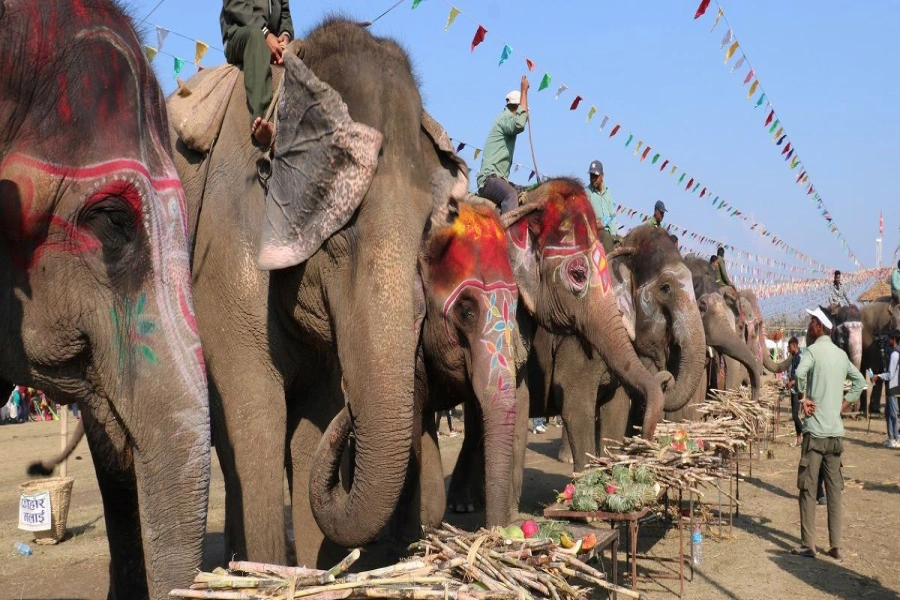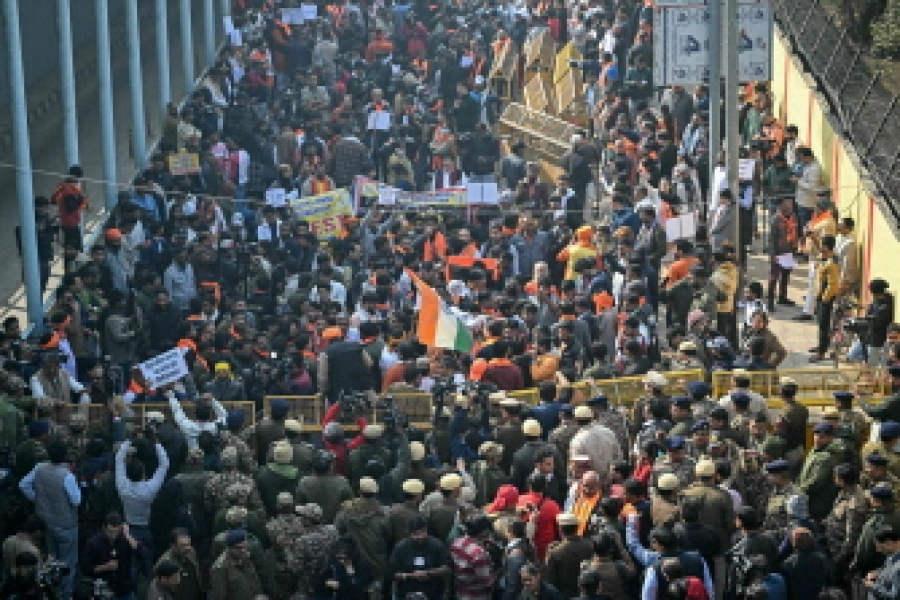PANCHTHAR, Oct 27: To make it easier for trekkers to find their way through heavy snow, Kangchenjunga Conservation Committee has installed 200 ‘snow pole’ at the Kangchenjunga base camp. These poles have been placed in the range in very short distances.
The colorful poles with symbols and signs tell trekkers about where they have reached and what comes next. Without the poles trekkers would often get lost on their way not knowing where they are heading to.
According to Sudeep Shrestha, coordinator of ‘Prosperous Mountains’, which has extended technical support for the project, snow poles were a long time need, though this has been fixed now.
The tourism department assisted the project financially. “When snow falls heavily, trekkers often get confused. They get lost and go off the route,” said Shrestha. “Now, no matter how thick the snow is, the tall poles will provide them idea about their location and the way ahead,” he added.
Along with 200 poles, 100 sign boards have been fixed from Ghunsa to Pangme. For this, the poles were carried by potters from Ranipul to the trekking route. The base camp of Pangme lies above 5,140 meters from the sea level.
New route to reach Annapurna Base Camp

According to a local of Khambachen Kipa Shrepa, tourists find it very hard to locate the trekking route. She has met many such tourists. However, the poles are now going to guide them.
“When it snows, they get lost. This happens with many,” she said. “Now the tall poles will help them identify the location,” she added.
Sherpa asserted for all basic infrastructures needed for safe tourism in the region. Those who love adventure tourism and trekking need this even more, she said.
“Although Kangchenjunga trekking route is very popular, authorities concerned have not accorded priority for developing infrastructures,” noted Sherpa, adding that the fixing of the poles was not a big task and yet it took so much time for it to happen.
Locals around the trekking route feel that improved management of the trek would benefit everyone. This could bring down the accident rates as well.
Due to extreme weather, trekkers avoided this trekking route last year. They tried optional routes.
According to Tashi Tenjing of Ghunsa, sometimes snow makes everything very difficult to handle. Last year, it was very challenging.
“Tourists had not been able to get through Sele area last year. Snowfall was so heavy,” he said. “This time, there are poles, it is going to be very convenient for them,” he added.
Poles have been fixed at Hallok, Yasang, Trangdel, Cheram, Ramjer and Oktang, among other points. According to Shrestha, additional infrastructures are needed for making the trekking route safe for the tourists.
“Investments have been made in building hotels and tea houses. But those are not enough. There are many other things we must build and avail for safe tourism in this area,” said Shrestha.
From the district headquarters of Taplejung, there are eight base camps in the northern side. According to a tourism entrepreneur from Ghunsa, Chungda Sherpa, the biodiversity in the area is a huge attraction, apart from rural life of the people. “Tourists get mesmerized in this part. This is a unique and beautiful place!” he said. “But we have not been able to promote it enough.”
If the government invests wisely to promote tourism, the country will develop by leaps and bounds, the locals insist. Chunda states that building tourism infrastructures in the mountains are the first condition for the sector’s development.
“The federal and the local government must develop required infrastructures. If tourism can be cashed, many things will change here. We don’t need to find job elsewhere, our people do not have go to gulf nations,” he said.







































